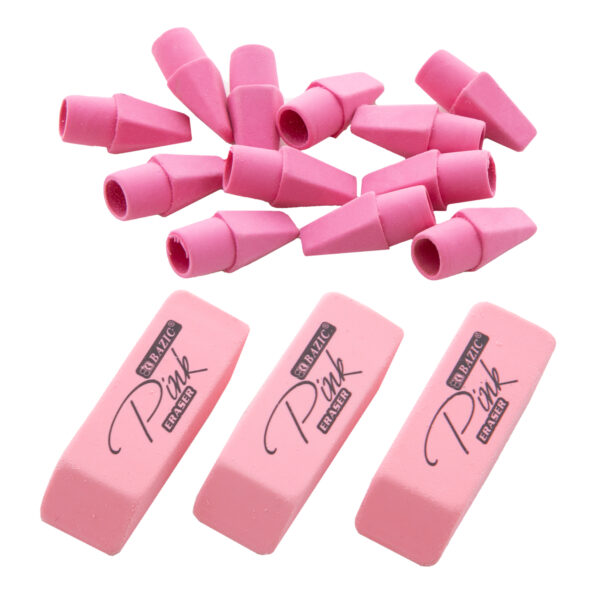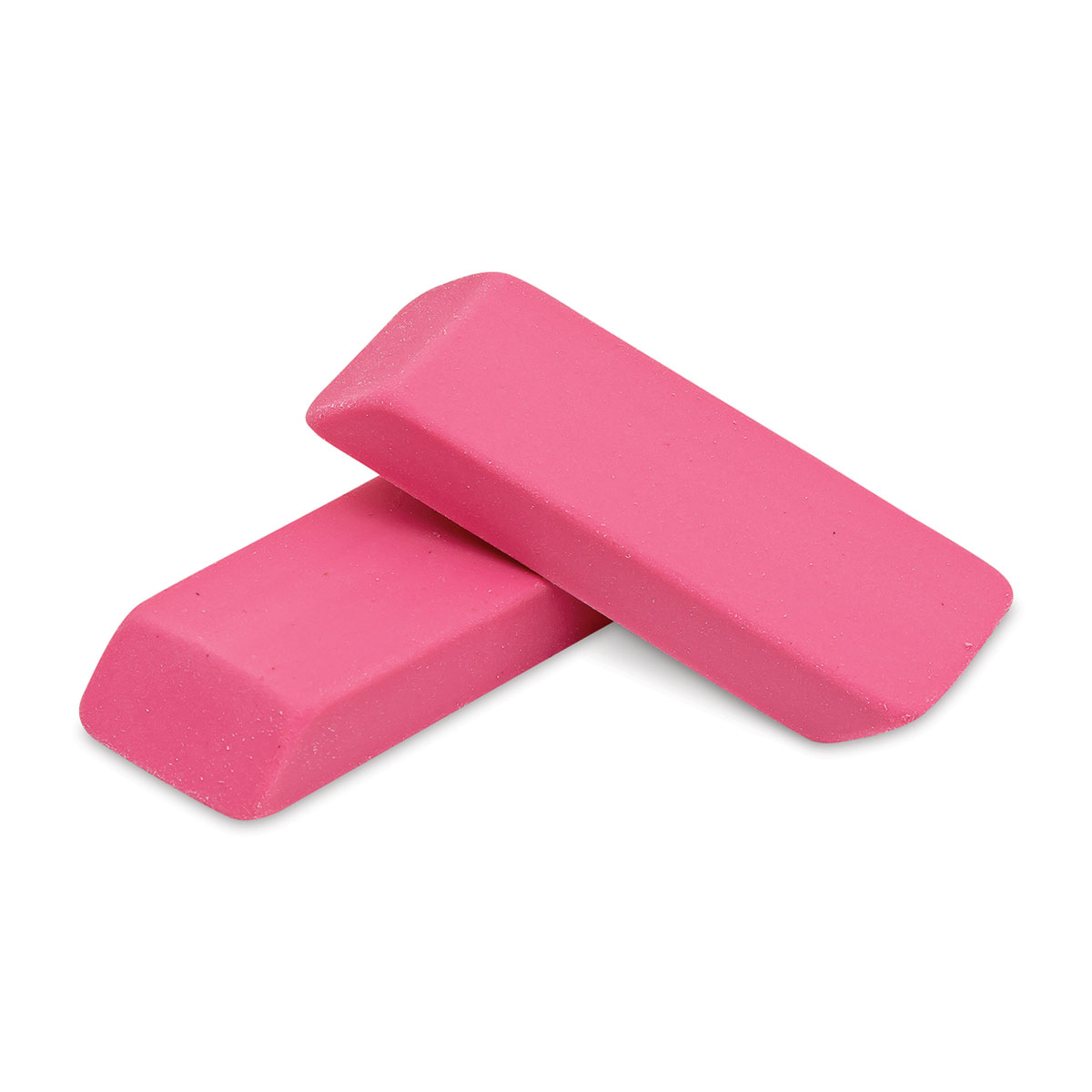Introduction
In the world of stationery and office supplies, few items are as ubiquitous and essential as the large pink eraser. Found in classrooms, offices, and homes around the globe, this unassuming tool plays a crucial role in the daily lives of students, professionals, and artists alike. Despite its seemingly simple purpose, the large pink eraser holds a fascinating history, scientific significance, and cultural relevance that extends far beyond its primary function. In this comprehensive exploration, we delve into the multifaceted nature of this everyday object, shedding light on its origins, technological advancements, practical applications, and even its psychological impact.
Large Pink Eraser: A Brief History
The origins of the large pink eraser can be traced back to the 19th century, when natural rubber became widely available and began to be used for various commercial purposes. As the demand for writing implements increased, so too did the need for a reliable method of correcting mistakes. Prior to the invention of erasers, individuals often resorted to using bread crumbs or rolled-up pieces of soft rubber to remove errant marks from paper. However, these makeshift solutions were far from ideal, prompting the development of purpose-built erasing tools.
It was in 1858 that Hyman Lipman, an American inventor, received a patent for attaching an eraser to the end of a pencil, thus creating the first practical pencil with an integrated eraser. This innovative design revolutionized the act of writing and erasing, setting the stage for the widespread use of erasers in the years to come. While early erasers were typically gray or white in color, the iconic pink hue that is now synonymous with erasers made its debut in the 20th century, marking a significant shift in eraser aesthetics.
The Science Behind the Pink Color
The distinctive pink color of large erasers is not merely a matter of aesthetic preference; rather, it is a result of the specific formulation of the eraser material. Most large pink erasers are made from synthetic rubber compounds, which may include additives such as pumice and chalk to enhance their erasing properties. The addition of these substances not only contributes to the eraser’s effectiveness but also lends it the characteristic pink coloration.

The choice of pink as the standard color for erasers is rooted in practical considerations. When graphite or ink is erased, it leaves behind dark smudges and marks on the eraser surface. White or light-colored erasers would quickly become discolored and unsightly, making it difficult to discern clean erasing areas from residual marks. In contrast, the pink hue of erasers effectively conceals these blemishes, maintaining a neat and uniform appearance even after prolonged use.
The Evolution of Eraser Technology
While the basic concept of erasing remains unchanged, the technology behind large pink erasers has undergone significant advancements over the years. Manufacturers have continually refined the composition of eraser materials to optimize their erasing performance, durability, and environmental impact. Modern erasers are formulated to be PVC-free, ensuring that they are safe for both users and the environment.
Moreover, advancements in manufacturing processes have led to the development of precision-engineered erasers designed for specific tasks. For example, erasers with finer abrasive particles are tailored for detailed erasing work, while larger, more robust erasers are engineered for heavy-duty use. Additionally, specialized erasers for different writing instruments, such as pencils and ink pens, have been created to accommodate the diverse needs of users.
The integration of ergonomic designs and user-friendly features has further enhanced the usability of large pink erasers. Non-abrasive edges, comfortable grips, and retractable mechanisms are just a few examples of the innovations that have improved the overall erasing experience, making the task of correcting errors a seamless and effortless endeavor.
Cultural Significance of Large Pink Erasers
Beyond its practical utility, the large pink eraser holds cultural significance in many societies around the world. In academic environments, the act of erasing symbolizes the pursuit of knowledge and the quest for perfection. Students learn the value of resilience and perseverance as they correct their mistakes, embodying the spirit of continuous improvement and learning from one’s errors.
In popular culture, the image of the eraser has been imbued with symbolic meaning, often representing the power to undo past actions or rectify unfavorable outcomes. This metaphorical association has been depicted in literature, film, and art, underscoring the universal desire for second chances and the ability to start anew.
Conclusion: The Timeless Utility of the Large Pink Eraser
In conclusion, the large pink eraser stands as a testament to the enduring significance of seemingly simple objects in our daily lives. From its humble origins to its evolution as a versatile tool with cultural, psychological, and technological implications, the large pink eraser transcends its conventional role as a correction tool, embodying a rich tapestry of history, innovation, and symbolism.
